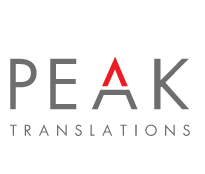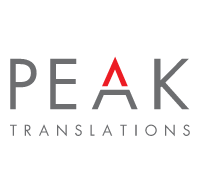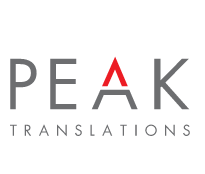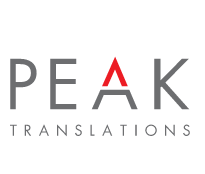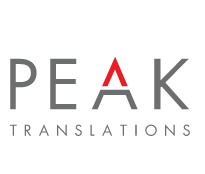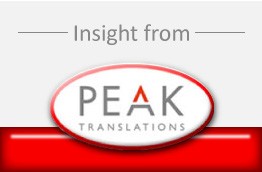Five ways to make translation a more time efficient and cost effective process.
31 October 2016Peak Translations have created a five-step guide exploring the best practices when using a professional translation service to create a cost-effective, efficient process.
Managing Director, Helen Provart shared her thoughts with James Jeffrey, Business Writer at Applegate Marketplace.
Step one: Make sure the document they want to be translated is finished.
“First of all, one of the main things clients can do is make sure the document that needs to be translated is finished before the start of the process. Especially in tender situations when there’s time pressure.
“Clients often send in a draft and ask us to get started, as they think it is going to speed it up and then send an amended version which we’ve then got to go through and work out what the amendments are. So it doesn’t help at all in terms of time efficiency so make sure the document is finished first.”
Step two: Provide a brief.
“Who is the target audience? What country is it going into? What’s the demographic of the audience? What’s the purpose of the translation and what format would they like to receive it in?
“These are the questions we would ask but if they can provide it for us in advance that can save time.”
Step three: Avoid cultural references
“If clients haven’t written the source document yet and they are still writing it, thinking about how it would work in another language – avoiding things like the cultural references.
“Small things like red telephone boxes, double-decker buses, black cabs – all these things we wouldn’t necessarily bat an eyelid at but will not make sense in another language.
“Avoiding play on words. That’s really difficult in a foreign language and it is often lost. You’re better getting a clear, straight message across than trying to be clever.”
Step four: Only get the text translated that you need.
“This may sound simple but I would say to make sure clients only get things translated that they need. What I mean by that is clients sometimes have this idea that they have to have the whole of their website translated – whereas actually, they don’t, they just need specific pages. It might be best to have just one or two pages translated so they’ve got a presence there rather than having the whole website done. For example, on our website, we haven’t translated the news page because it is only relevant here.
“And also there is a cost implication. If a client decides they are going to translate the news page, they’re going to have to keep translating every single news item that they generate. It’s not a good idea to do that because there’s a cost implication involved.”
Step five: Think about currency
“Another thing that I’d suggest they think about is currency. So often we get things, brochures, websites where clients leave the currency in pounds.
“Finally, clients should think about how once they’ve got the text out there. If it’s marketing and sales side of things how are they then going to communicate with those people in a foreign language. How are they going to communicate with the people they are trying to sell to?”
How can you do that?
“It depends on the channels requested. If clients just put an email in, and it’s all written communication they might be ok, but if the client has put a phone number on the material, they will need to have someone their end of the phone that can speak their language. If that hasn’t been done, don’t put a telephone number on there.
“It’s also a case of time. If there is a live chat on the client’s website for instance, and they receive enquiries from China, it’s likely they’ll receive a message at four in the morning – it is therefore essential to have someone awake to respond or close it down.
“There’s also things like online forms, some have ‘first name’ and ‘surname’, whereas in Spain they have two surnames. So it can be an issue if there’s not an input for two surnames, for example. Or if you think about Arabic names – where there are around seven names and in China where they write backwards. There are many issues with online forms.
“And also maybe get some advice before starting a project. If you’ve got something that you know will have to go out in different languages – come and talk to us. We’re quite happy to talk about it and give them ideas; it’s essentially a free consultation.”

